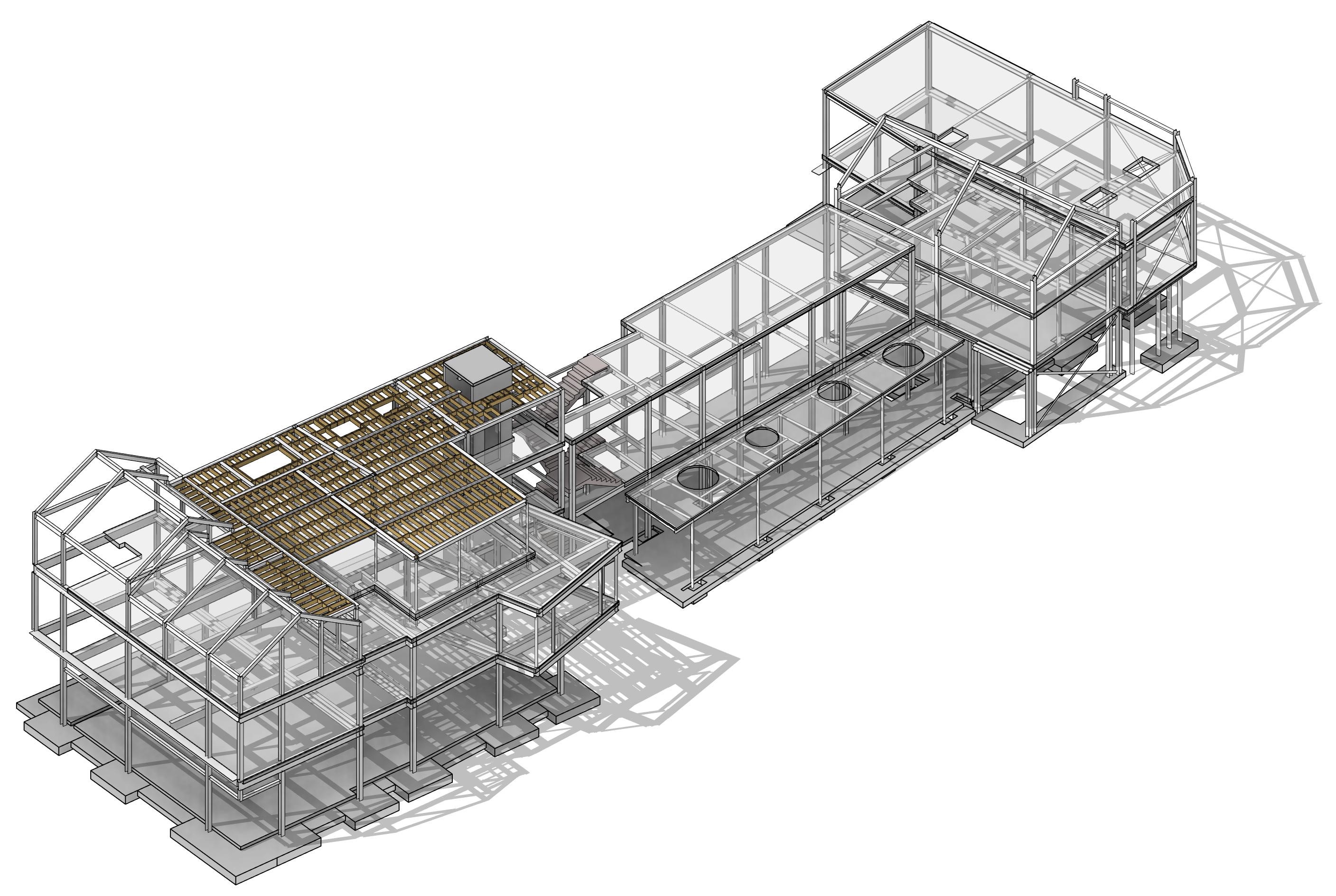

Simply put, Building Information Modelling is a process that gathers all the information about building in one place. Every detail of a structure can be modelled digitally, from the very foundations to the light. Software can be used throughout the process, from initial concepts all the way through to full documentation for the construction and fit out partners.
Plan
Digital models of the structure are created by the architects and engineers. The natural environment around the building is also modelled to inform the design, and real world data is encoded into the model to ensure its viability.
Design
Here, the model is fitted out with every detail of the finished building. Visualisations are created to help the stakeholders understand what a building will look like before committing to a finished design. Once the final design has been confirmed, all of the necessary documentation is created within the software, with the real world data being used to inform scheduling and logistics.
Build
With the documentation complete, the specifications are shared with different trades who can manufacture and construct the different parts of the building. Logistical data programmed into the model ensures that all of the relevant parties are scheduled to work in sync.
Operate
All of the data that was careful programmed into the model carries over to the maintenance of the finished building. The model can then at a later date when the building requires renovation.
The real key to the success of this process is that the information is shared instantly with all of the involved parties. By involving specialists early in the Plan and design phase, problems can be solved at the plan and design phase without a brick ever being laid or piece of timber cut, and the risk of mistakes or abortive costs is significantly reduced. New data can be input in real time to update scheduling and logistics.
While architects were the first to adopt the BIM process, the most common misconception is that they are the only ones who can benefit from it. A joinery hoping to fit out a new building can place their own models inside the digital model of the building, showing the architects and designers exactly how it will interact with other aspects of the building. A furniture maker can create a BIM model of their desks and chairs to show the exactly how it will look in context.
BIM has proven itself to be a more efficient method for the design and construction of buildings, so much so that many countries, including Denmark, the United Kingdom and South Korea, have mandated their use.
In Part 2, we will have a look at how to bring your products into the BIM environment.